Six days after a dramatic journey through Caesarea Philippi – where Peter declared Jesus to be the Son of God, and Jesus foretold of his pending suffering, death, and resurrection – Jesus took three disciples with him up a high mountain. Mountaintop experiences within Israel were known to be where a person would encounter God. Remember, after leading Israel to freedom through the Red Sea, Moses ascended Mount Sinai and descended back to his people with God’s Top-Ten after encountering God in a burning bush.
While on the mountain, Moses and the prophet Elijah appear, and Jesus is transfigured.
His face shines.
His clothing is dazzling white.
A voice calls out from the clouds, “This is my Son, the Beloved; with him, I am well pleased; listen to him!”[i]
You may not have realized it this morning when you decided to attend church, but today is a significant turning point in the church’s year. The Christmas decorations are neatly packed and put away. Epiphany is over. If the season of Epiphany was a crescendo, gradually and more grandly exposing the glory of Jesus of Nazareth, then the Transfiguration of Jesus is the climax, the fortissimo.

As we prepare for the transition into the season of Lent, trading the bright lights of Epiphany for the shadows of Lent, the Transfiguration of Jesus is the grand revelation of who Jesus is – then, now, and forever.
Peter, the rock upon which the church was built, with his front-row seat to this event, was so moved that he wanted to commemorate the occasion by building memorials or tents. Peter wanted to make dwelling places for Jesus, Moses, and Elijah.
Three structures to commemorate the event.
After all, Peter may have thought this could not, would not get more grand or divine than Jesus, Moses, and Elijah, and a voice from the clouds declaring Jesus to be the begotten son of God, the creator of the cosmos.
As they descended the mountain, Jesus told the three – Peter, James, and John – to keep the story to themselves, telling “no one about the vision until after the Son of Man has been raised from the dead.”[ii]
“Do not tell anyone about this until the thing I told you about 16 verses ago happens,” Jesus says to Peter, James, and John.
According to the synoptic gospels – Mark, Matthew, and Luke – aside from the Resurrection of Christ, the Transfiguration is the grandest event in Jesus’ ministry. On the Transfiguration, Rev. Fleming Rutledge writes that the Transfiguration “is the most unambiguous revelation of Jesus as Messiah prior to the Resurrection.”
On the seventh day after their journey through Caesarea Philippi, the disciples, well three of them, see the glory of the Son of Man, the One who was with the Father on the first, second, third, fourth, fifth, and sixth days of creation, and who rested on day seven.
There were witnesses to the Transfiguration just as there were witnesses to Jesus calming the seas, feeding the ten thousand, and healing a demon-possessed boy. In his second letter, Peter wrote, “For we did not follow cleverly devised myths when we made known to you the power and coming of our Lord Jesus Christ, but we had been eyewitnesses of his majesty. For he received honor and glory from God the Father when that voice was conveyed to him by the Majestic Glory, saying, ‘This is my Son, my Beloved, with whom I am well pleased.’”[iii]
What, then, is the task of the preacher? What, then, is the task of the church with knowledge of the full majesty of the Son of God revealed to creation?
We could take the approach that even after the mountaintop experience, Jesus came down the mountain to continue his work, and we should do likewise. I have preached that sermon, and many of you graciously sat through that sermon that fell short because it failed to keep the glory of Jesus as the sermon's focus.
We could try to make sense of the Transfiguration by bogging ourselves down in the event's details, searching for nuance or explanations in the text.
But maybe there is another way forward that helps hold the tension of the transfiguration as we prepare to enter the season of Lent.
American theologian Robert Jenson wrote, “The transfiguration is a promise and a foretaste of what it means to be made over in Christ’s image.” As Jesus was transfigured before his disciples, the church (yesterday, today, and tomorrow) is transformed, transfigured by God’s grace, being made new in Christ Jesus.
Most of us move through our day reacting to the distractions that endlessly swirl around us. These distractions – tech, media, politics, the economy – attempt to transform us from the outside in, in the hope of conforming us into their image of who they want us to be: a user within an algorithm, a new customer, or a disciple to spread their agenda that is often contrary to the good news of Christ.
The transfiguration of Jesus Christ is an invitation to the church to live a transfigured life.
The transfiguration of Christ is a sign that God is not content to leave us in our present state but wants to transform us into something greater.
As we awaken, becoming the people God is shaping us to be, we can then follow the example of Christ, being bearers of his grace, mercy, and peace.
Our hearts are opened and softened.
A quote widely attributed to Christian mystic Howard Thurman put it like this, “God’s love is like a great furnace that can melt away our fears and doubts, leaving behind only a pure heart and steadfast spirit.”
The transfiguration of Jesus Christ, God's shining glory and splendidness, was not a one-off event. Every time the Word of God is proclaimed, every time water is blessed and falls over a person’s head, every time we gather around Christ’s table of grace, and every time we act wither mercy and compassion, we experience what John Wesley called means of grace, and we are transfigured.
Many voices, too many to list off, tell us we need to transform ourselves.
“Make yourself better,” they say.
“Improve this so that you can...”
As Jesus was glorified at the Transfiguration and set his sights on Jerusalem, we know the heavy lifting has been done. Making his way to the cross, Jesus carried the weight of our sin and guilt, as well as the glory that can only belong to the second person of the Trinity.
As he exited the tomb, the weight of the guilt of our sin was left behind so that his righteousness would be ours. And it is the righteousness of God, revealed in Christ – born, transfigured, crucified, and resurrected – that transforms us, transfigures us, from the inside out.
For us, for you, on a hard wooden pew or sitting in a church basement… As we prepare to enter the season of Lent, as we trade the bright light of epiphany and journey toward the cross, we are blessed because we get to experience this journey in light of the transfiguration, as we journey toward the light of the resurrection. The way the means of Grace work, is they reveal to us the person and work of Jesus for us. Beholding his glory on the mountain, and then on the cross, and then in the empty tomb, that all of this is done for us, that is what ultimately changes us as the hymn says, “from glory into glory.”
[i] Matthew 17:5
[ii] Matthew 17:9
[iii] 2 Peter 1:16-17





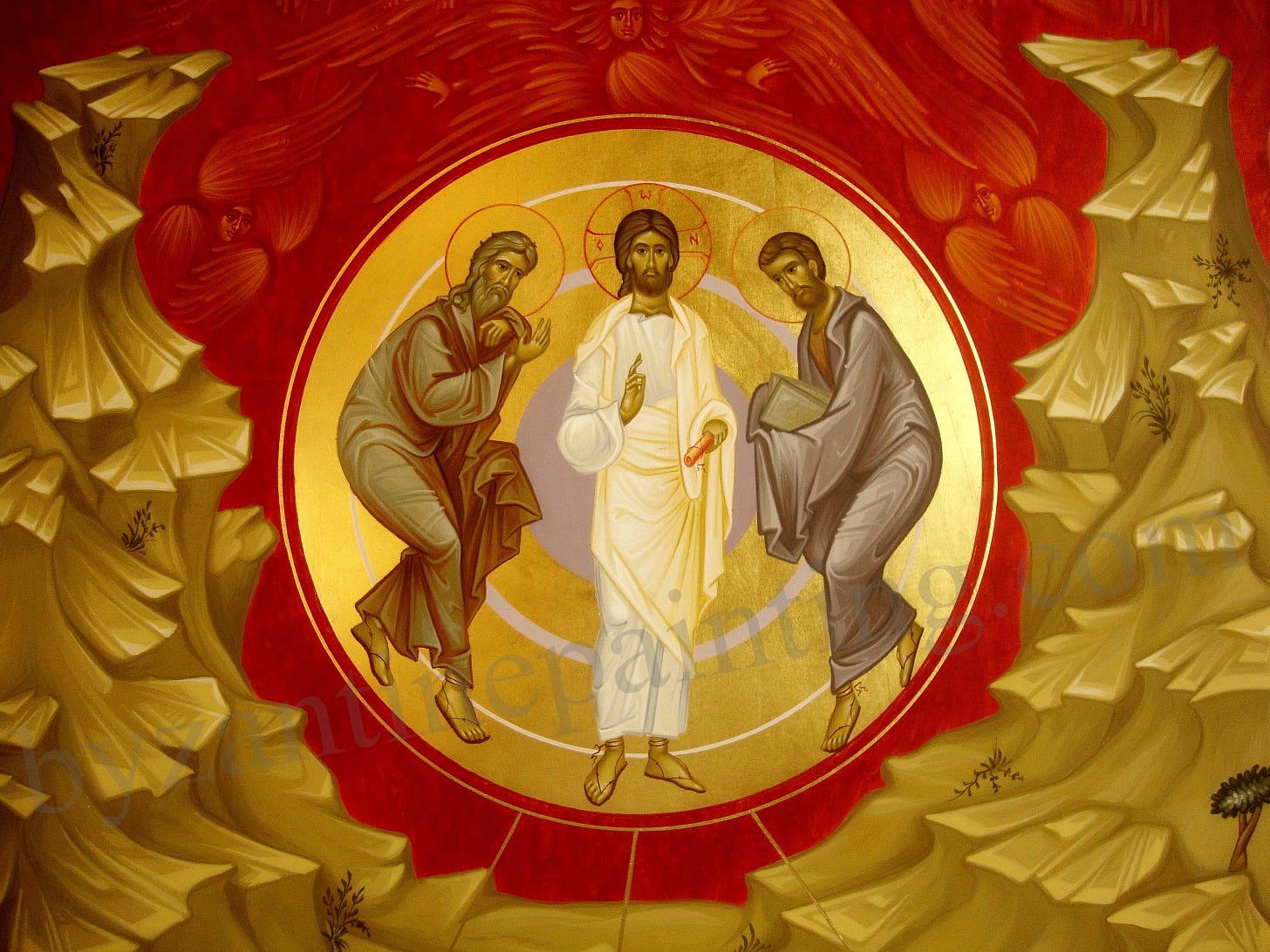


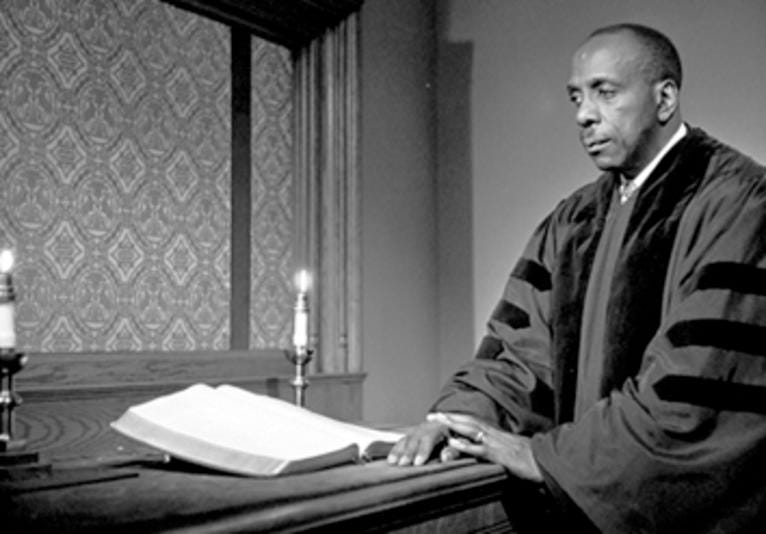
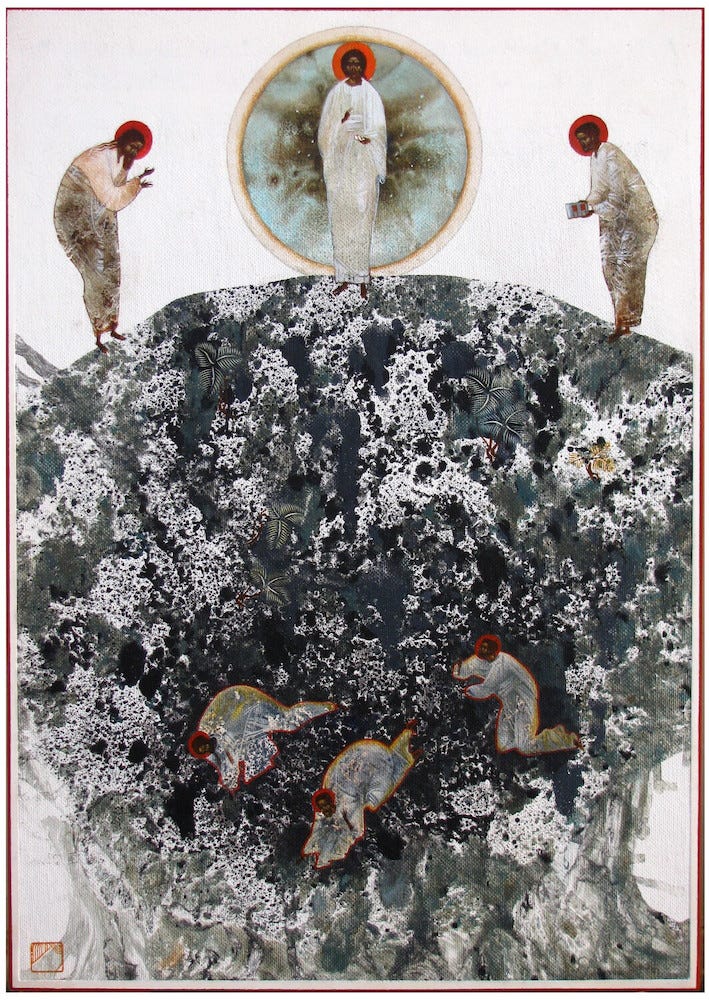


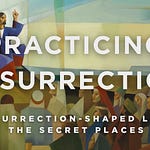





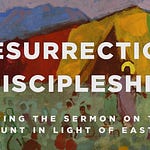
Share this post